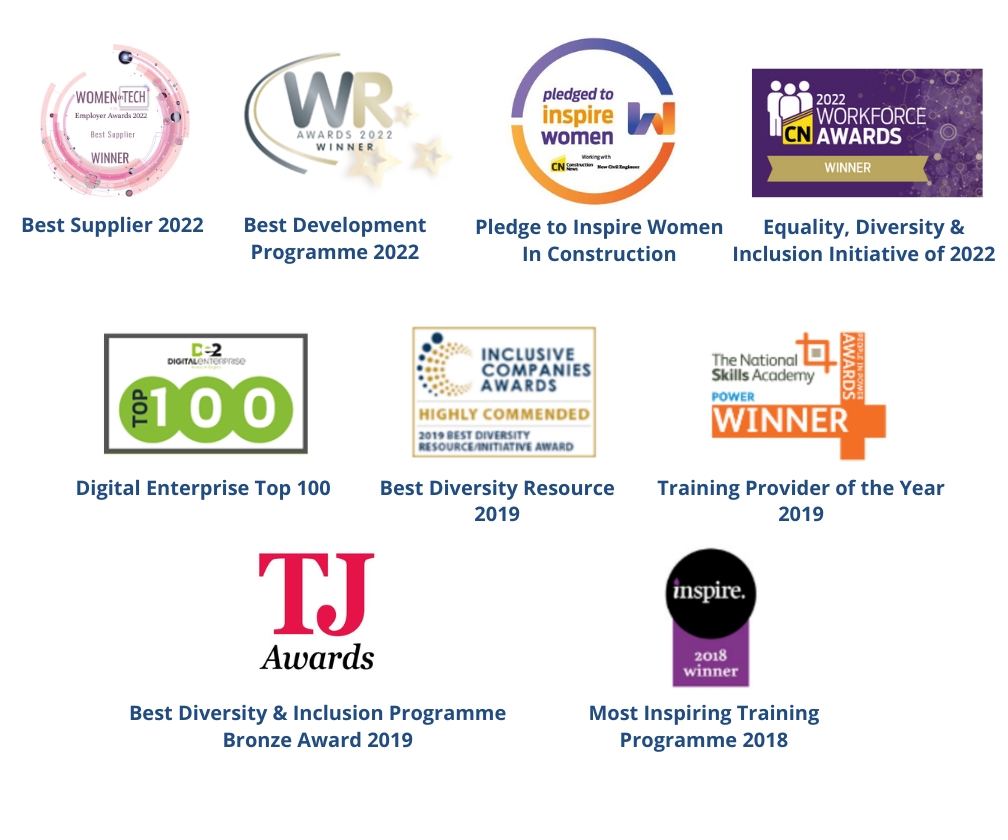In today’s diverse and interconnected world, fostering a positive and inclusive workplace culture is essential. However, there are various subtle forms of discrimination that can hinder progress toward a truly equitable environment. These subtle forms, known as microaggressions, have a significant impact on individuals and workplace dynamics.
What Are Microaggressions?
Microaggressions are everyday verbal, behavioural, or environmental slights, often unintentional, that communicate derogatory or negative messages towards marginalised groups. They can be based on race, gender, age, sexual orientation, disability, or any other aspect of a person’s identity.
Microaggressions are insidious because they are often subtle and indirect, making it challenging to address them directly. However, their cumulative effect can be detrimental to the well-being and professional growth of individuals from marginalised communities.
Types of Microaggressions
Below you can see just a few examples of some common types of microaggressions that frequently occur in the workplace:
- Racial Microaggressions: These involve comments, gestures, or actions that subtly demean or marginalise individuals based on their race or ethnicity. Examples include assuming someone is from a foreign country based on their appearance, making stereotypical jokes, or questioning their competence due to racial bias.
- Gender Microaggressions: These microaggressions target individuals based on their gender, reinforcing gender stereotypes and inequality. Examples include assuming women are not ambitious, interrupting or dismissing their ideas in meetings, or making inappropriate comments about their appearance.
- Age Microaggressions: These microaggressions revolve around ageism, perpetuating stereotypes and discrimination against individuals based on their age. Examples include assuming older employees are technologically incompetent or dismissing younger employees’ ideas due to their perceived lack of experience.
- LGBTQ+ Microaggressions: These microaggressions target individuals based on their sexual orientation or gender identity, creating an unwelcoming environment. Examples include using incorrect pronouns, making homophobic or transphobic jokes, or excluding LGBTQ+ individuals from social activities.
While the types of microaggressions mentioned above are more commonly recognised, it’s essential to shed light on lesser-known microaggressions that may still have a significant impact on individuals and workplace culture. These lesser-known microaggressions may vary depending on the specific context, but here are a few examples:
- Microaggressions against religious or cultural practices: These microaggressions occur when individuals make derogatory comments or exhibit disrespectful behaviour towards someone’s religious beliefs, practices, or cultural traditions. Examples include mocking religious attire, questioning or belittling customs, or making assumptions based on stereotypes.
- Microaggressions related to language proficiency: Individuals who speak English as a second language may encounter microaggressions based on their language skills. Examples include making fun of their accent, assuming they are less intelligent or less competent, or excluding them from conversations due to language barriers.
- Microaggressions based on physical appearance: These microaggressions involve comments or behaviours that demean someone based on their physical characteristics. Examples include commenting on someone’s weight, making fun of their height, or mocking their physical disabilities or differences.
- Microaggressions against mental health: These microaggressions occur when individuals make insensitive or dismissive comments about someone’s mental health or mental illness. Examples include using derogatory language related to mental health conditions, downplaying someone’s struggles, or stigmatising mental health issues.
- Microaggressions related to socioeconomic status: Individuals from lower socioeconomic backgrounds may experience microaggressions that marginalise or stereotype them based on their economic status. Examples include making assumptions about their intelligence or work ethic, based on regional accents or using derogatory terms to describe their social class.
It is crucial to acknowledge and address these lesser-known microaggressions alongside the more widely recognised ones. By doing so, organisations can create a more inclusive environment for all employees, embracing their unique identities and experiences.
What Is the Impact of Microaggressions?
Microaggressions contribute to a hostile work environment, reducing employee engagement, limiting career advancement opportunities, and increasing stress levels for targeted individuals. They also harm team dynamics, erode trust, and hinder collaboration, resulting in decreased productivity and innovation. It is crucial for organisations to proactively address microaggressions and create an inclusive environment that values diversity and respects the dignity of all employees.
The Importance of Allyship
Identifying and challenging microaggressions is first step in tackling them effectively. It requires us all to be self-aware, empathetic and have the moral courage to challenge discriminatory behaviours and comments.
To tackle microaggressions, organisations must adopt a multi-faceted approach:
- Promote open communication: Encourage employees to speak up when they witness or experience microaggressions, fostering a culture of psychological safety. Establish anonymous reporting channels to ensure confidentiality.
- Educate and raise awareness: Conduct regular diversity and inclusion training sessions that address unconscious bias, microaggressions, and inclusive communication. Encourage employees to examine their own biases and challenge stereotypes.
- Foster inclusive leadership: Leaders play a crucial role in setting the tone for the organisation. Ensure that leaders demonstrate inclusive behaviours, hold individuals accountable for their actions, and actively promote diversity and equality.
- Establish clear policies and procedures: Develop and communicate clear policies against discrimination and microaggressions. Implement procedures for reporting, investigating, and addressing incidents, ensuring fairness and swift action.
- Create support networks: Establish employee resource groups or affinity networks where individuals from marginalised groups can connect, share experiences, and provide support to one another.
